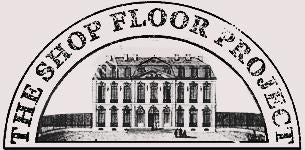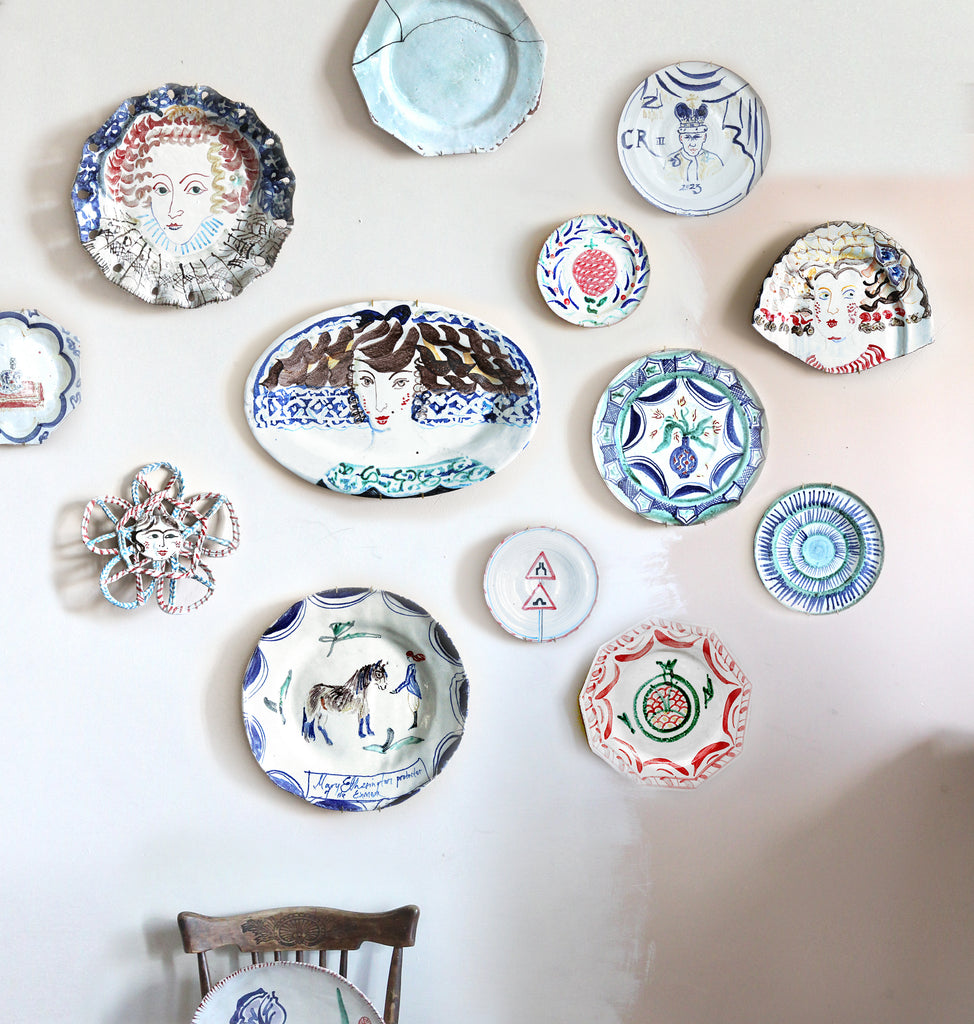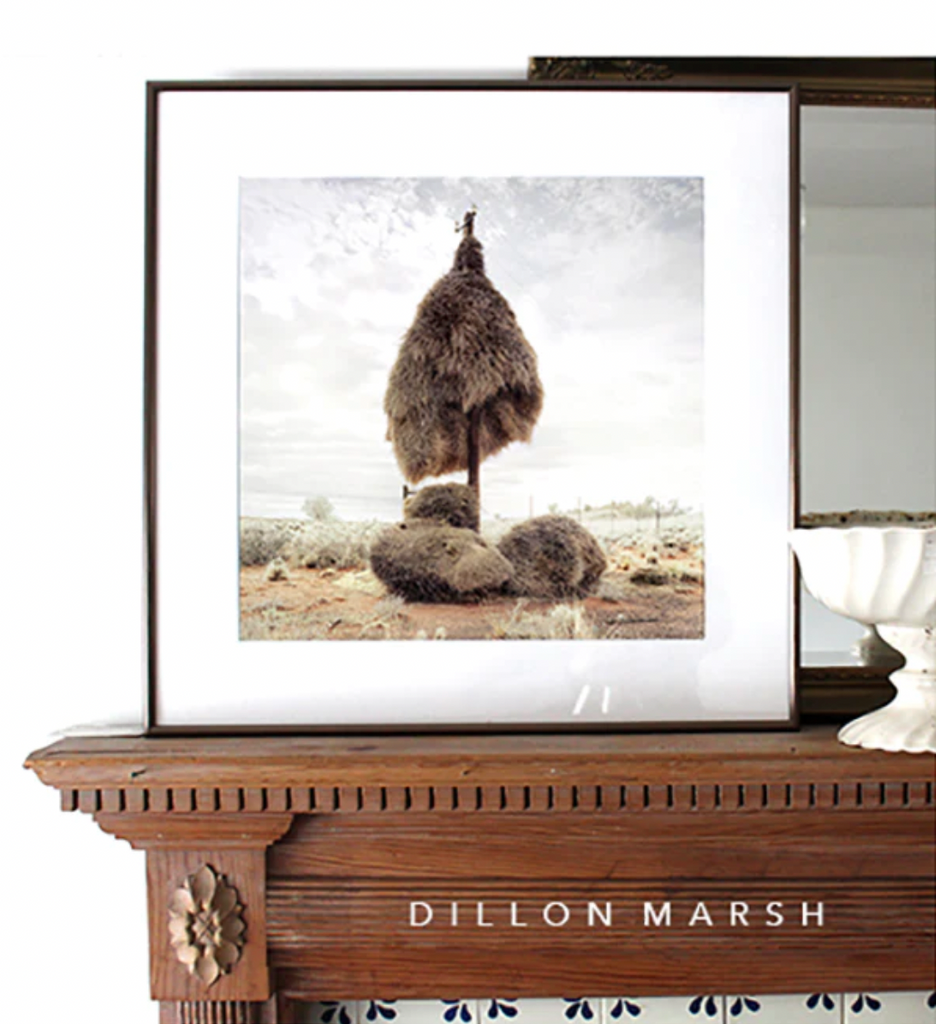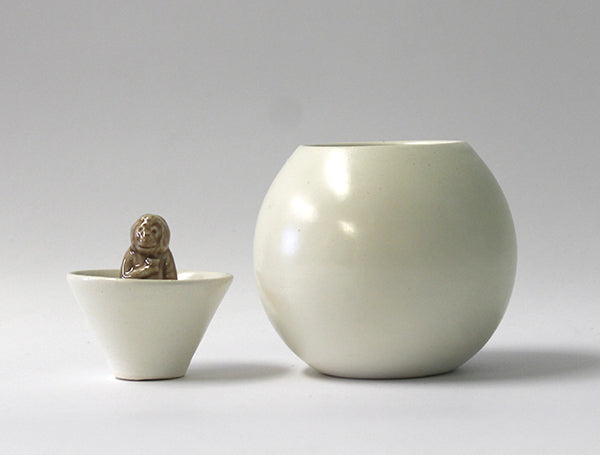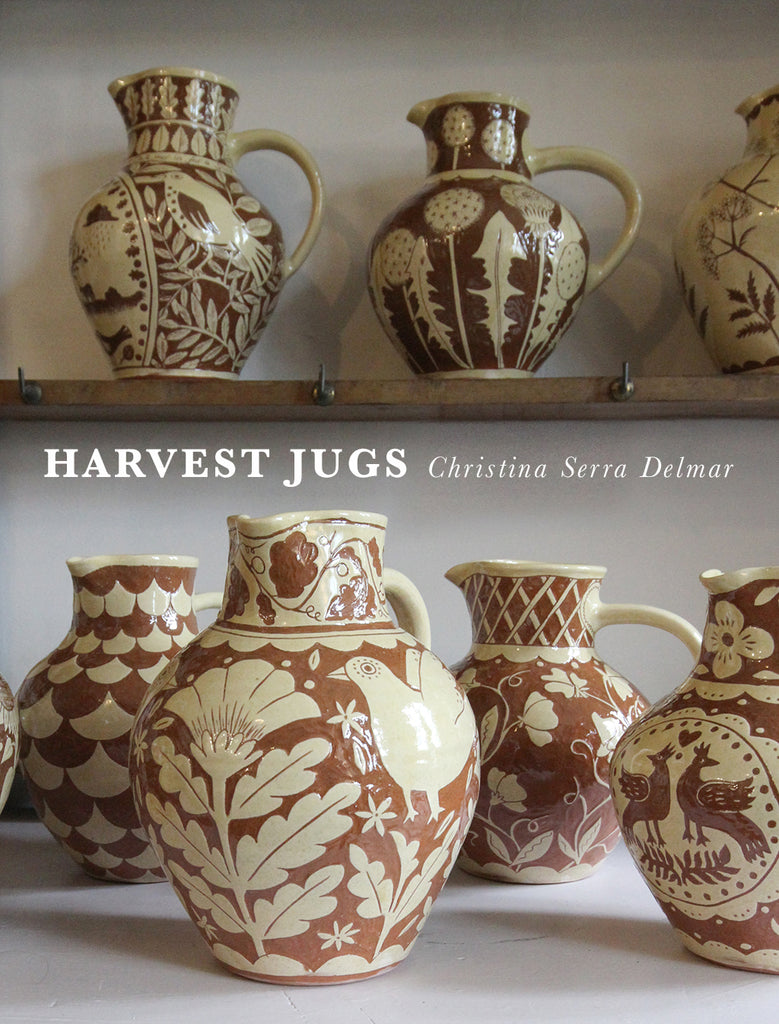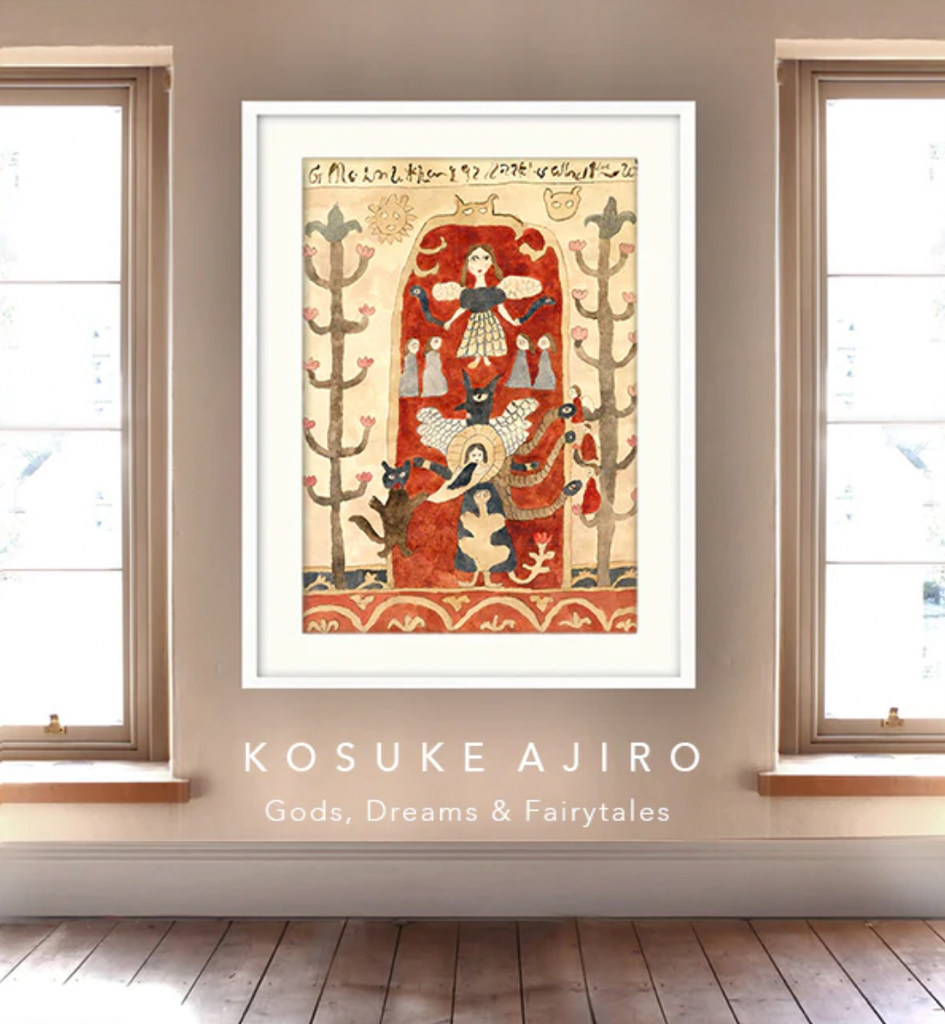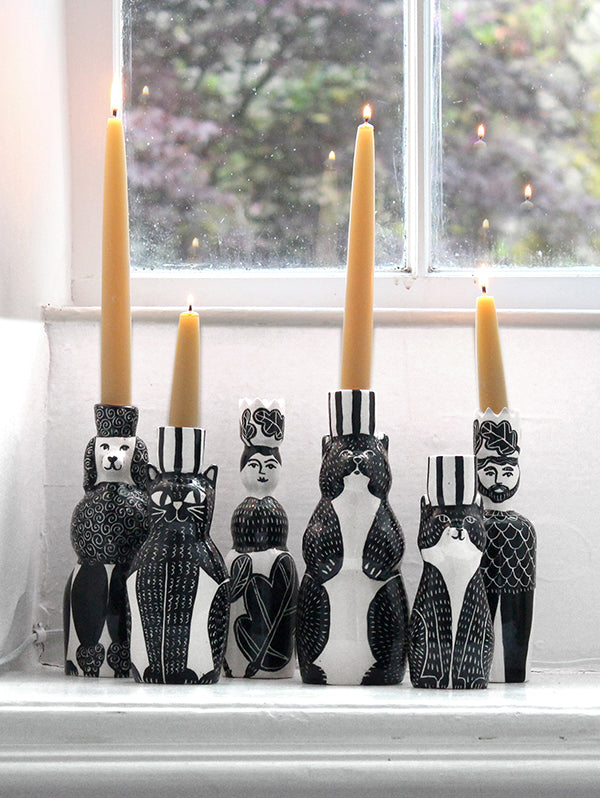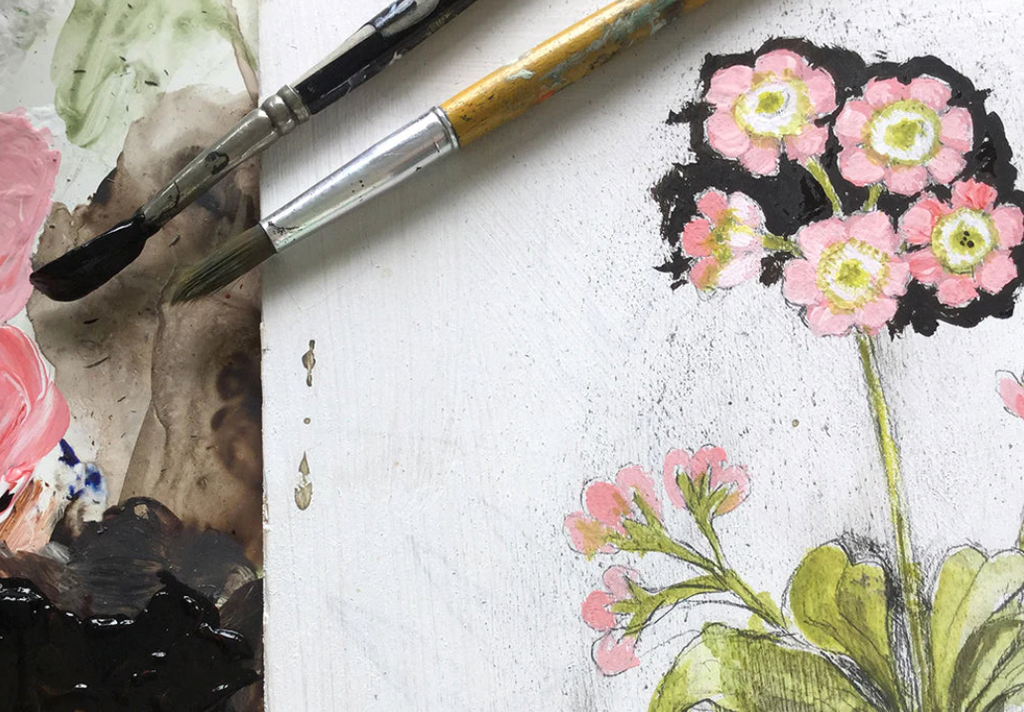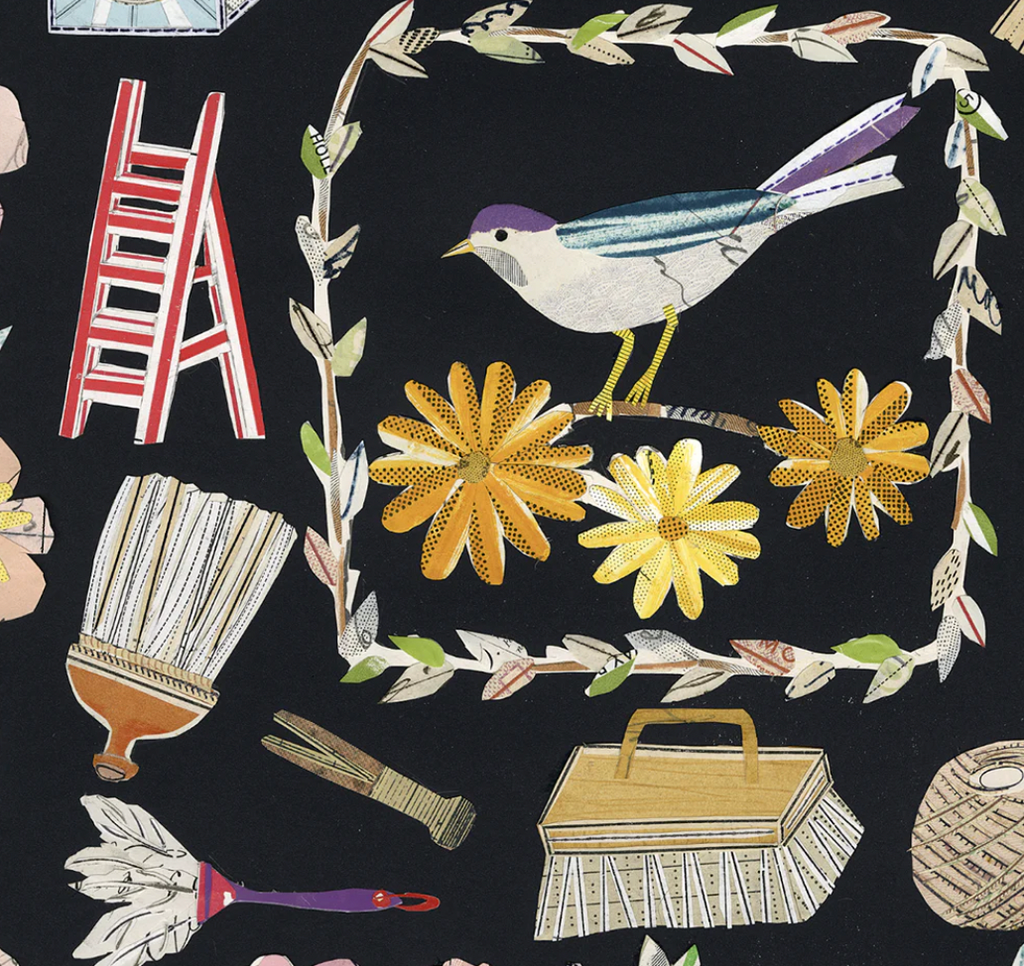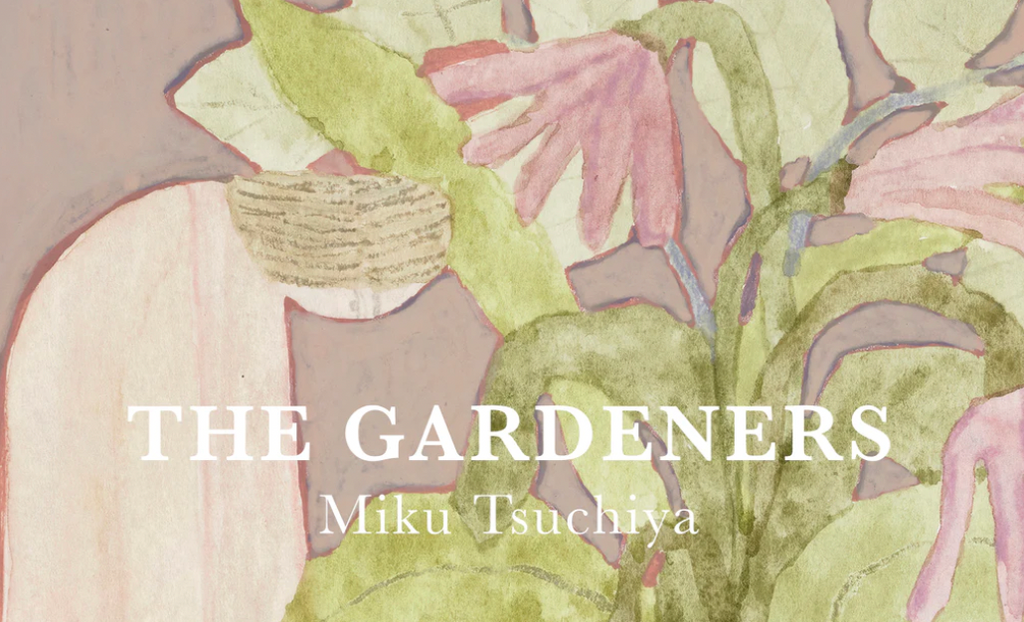In 2022, The Shop Floor Project worked with British artist and ceramicist Christina Serra Delmar, to develop a series of large-scale contemporary Harvest Jugs inspired by historic versions.

These giant globe-shaped pitchers made from slipware, originated in the 18th century in Devon, and were made to hold cider or ale for the centre of farmhouse tables to celebrate the harvest, a wedding or even the launch of a ship. The jugs were highly decorated with simple or stylised motifs and subjects ranged from the natural world, to royal emblems, such as unicorns and flags, and rhyming verses that referred to farming, drinking, the perils of the sea.


Based in her studio in Herefordshire, the patterns, themes and motifs for Christina’s contemporary harvest jugs have been found within her rural day to day life. Beginning life as wonderful lively sketches within the pages of Christina’s many sketchbooks, she shares with us “the birds and trees of my garden, chickens, the folk art and toys and poems and songs of my children, stills from our kitchen table”.


Trained in Fine Art and specialising in figurative sculpture, Christina applies this same sensibility to the bulbous shapes and the “feminine and curvaceous forms of these pieces''.

Completely hand-thrown and decorated by Christina in her studio, a converted garage full to the brim with materials, samples, glaze tests, books. Each piece is thrown with a terracotta body and dipped entirely into white slip (a liquid clay), this is then skilfully scratched away, in a technique known as sgraffito, to reveal the terracotta body beneath, creating these bold patterns and scenes in the process.

Recurring rhythms and patterns seen throughout the collection are: birds and dots, leaves and berries, dancing people, horses and even a 'Fish Supper' laid out on a plate with a wedge of lemon and cutlery (below). The decorative ‘collars’ on the neck of each piece frame and reference the main scene below. These patterns can be anything from waves, oak leaves, seaweed to an egg motif.


New wonderful pieces followed after the first collection, fresh from the kiln, extra large works inspired by the doves and birds in the artist's garden.

The extra large, giant globe shaped Harvest Jugs are substantial pieces that will be treasured as contemporary heirlooms just as the original 18th century ones are today.

After a sell out first collection, we commissioned Christina to create a second and third series of her large-scale contemporary Harvest Jugs. The results are these extraordinary pieces.


These beautiful, weighty large-scale pieces of functional and sculptural pottery would be at home at the centre of any table, becoming part of the family.

Let's take a closer look at the patterns Christina Serra Delmar uses in her Harvest Jugs.

The Harvest Jugs, above in Christina's studio. The bisque-fired slipware glaze is being 'carved' away to create patterns revealing the dark clay beneath. It's a dramatic and ancient technique, used in such an interesting contemporary way by Christina.

For her second collection Christina visited the Pitt Rivers Museum in Oxford, a fascinating place full of ethnographic collections sensitively handled. Primarily a visit to look at the collection of 18th century harvest jugs, Christina also took inspiration from the decoration found on pre-Columbian pots in the collection at the Museum.


This stunning Spots & Stripes Harvest Jug (above) and the Abacus Harvest Jug (below) sees Christina playing with patterns and simple repeat forms: 'I was thinking of the patterns of Peggy Angus, threads and fabrics"


Pattern can be found on all of Christina's Harvest Jugs. In the Doves on the Shore (above and below) Christina places doves, 'round and earthy like pre-hispanic clay whistles' amongst a bold graphic pattern of seaweed and dots.

And on Swallows at Dusk (below), as the birds chase insects on the wind, more wonderful patterns of scallops, triangles and leaves adorn the top collar.


The joyful Oak Before Ash Harvest Jug, below.

We couldn't finish without looking at the incredible patterns on the extraordinary Midsummer Harvest Jug.

“My Midsummer jug plays homage to the beautiful North Devon Harvest jugs of the 1800's, in particular ones in the Fitzwilliam Museum in Cambridge. The Bideford jugs in the collection move me greatly. The form and the decoration of the jugs hold so much life in them, the life of the men who made them, the marks from their hands, their thumbs and fingertips, their thoughts and hearts.”


If your favourite Harvest Jug has already gone, we can commission it again for you! Just let us know which piece you are interested in.

Continue reading








